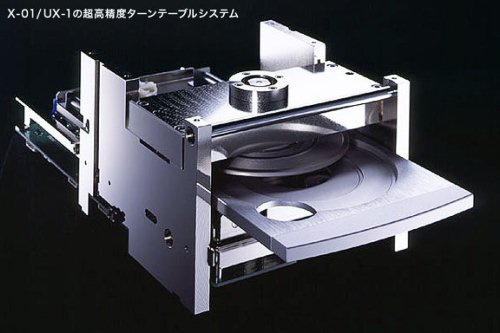Blimey, I go away for a bit then come back and there's 2 pages! 
I was expecting some vague consensus but every poster seems to have a slightly different POV lol!
Nothing wrong with my DAC I think but I'm just curious really. I'm using an old Marantz CD52 II SE with a new TEAC UD-H01 and I'm very pleased with the results to be honest but I'm just wondering if I can squeeze anything more out of the CDs.
At the same time I'm ripping my CDs to Flac using dbPoweramp (also ripping to Apple Lossless for the iPod at the same time) so yes I will be streaming, initial tests using an old MacBook outputting via optical have been amazingly good, but I'd still like to have the option of the physical object once in a while. Call me old fashioned but there ye go
So I guess the ultimate question given I'll not be buying many, if any more, CDplayers in future is should I stick with the Marantz as a transport or can I get a better one for very little outlay (I like the sound of a tenner off eBay as mentioned above)?
As for DACs well we all know they are the future so I'll be playing with that option as and when ...
I was expecting some vague consensus but every poster seems to have a slightly different POV lol!
Nothing wrong with my DAC I think but I'm just curious really. I'm using an old Marantz CD52 II SE with a new TEAC UD-H01 and I'm very pleased with the results to be honest but I'm just wondering if I can squeeze anything more out of the CDs.
At the same time I'm ripping my CDs to Flac using dbPoweramp (also ripping to Apple Lossless for the iPod at the same time) so yes I will be streaming, initial tests using an old MacBook outputting via optical have been amazingly good, but I'd still like to have the option of the physical object once in a while. Call me old fashioned but there ye go
So I guess the ultimate question given I'll not be buying many, if any more, CDplayers in future is should I stick with the Marantz as a transport or can I get a better one for very little outlay (I like the sound of a tenner off eBay as mentioned above)?
As for DACs well we all know they are the future so I'll be playing with that option as and when ...


